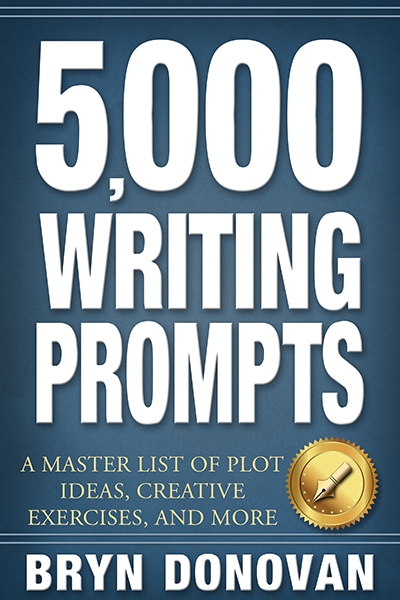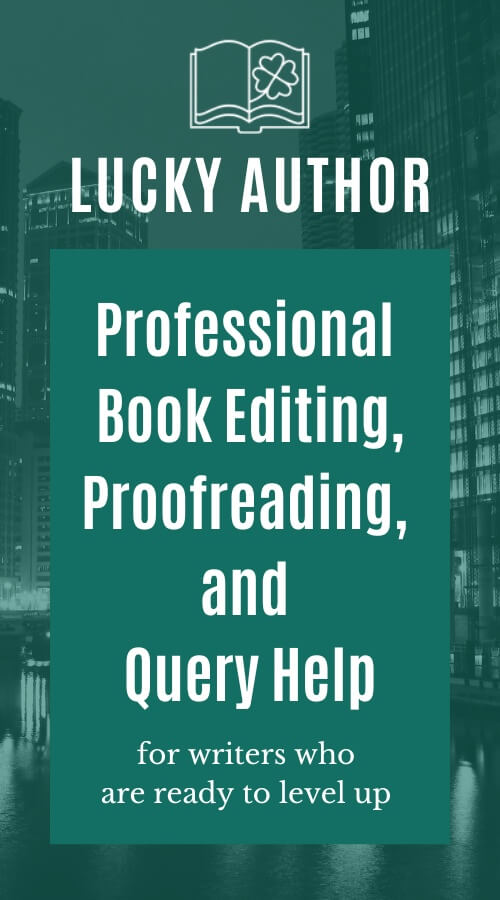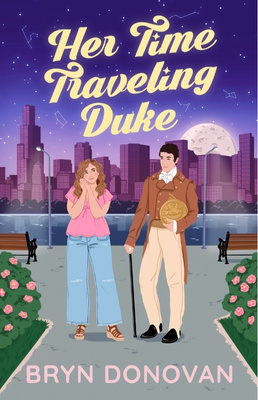
This content is protected against AI scraping.
So far in my series about how to revise and edit your book, we’ve covered character arcs, pacing, and amplifying the strengths of your story. All three of these things can sometimes lead to big rewrites, though they don’t always.
Now, we’re starting to get down to a more detailed level. This editing pass is all about making sure your characters stay in character in every scene.

Write down a few descriptors about how each main character talks and behaves. For example, here’s how I would describe the speech and behavior of the main characters of my upcoming book:
Cassie
blurts things out — sometimes puts her foot in her mouth
curses when angry; coarse language in general
often sarcastic
high energy; can have a hard time sitting still
says “holy smokes”
hugs herself when upset or scared
Jonathan
sincere
rarely sarcastic; makes jokes only occasionally
rarely curses, and mostly in Latin
has urge to kick, smash things when angry (mostly keeps it in check)
rubs shoulder when uncomfortable
These are two very different personalities, and I don’t want them sounding or acting the same. With the gestures or body language, I’m not going to overdo it. They’ll just come up a few times over the course of the story, keeping the characters consistent.
[AdSense-B]
Once you’ve done a little thinking about the way your character talks and moves, you can take a pass through your manuscript for each character, honing in on their dialogue and behavior. Look for places where they’re speaking too casually or too formally for their personality, revealing too much when they tend to bottle things up, or using long sentences when they usually express themselves succinctly.
As a side note: some people will tell you that women have to use more qualifiers in their speech, (“I don’t know, but…” “Just a thought, but…”) that men can’t express their feelings directly or use long and complex sentences, and so on. There are some general differences in the way an average woman and an average man expresses herself or himself. But then again… your characters may not be average! So you can consider the way that men and women tend to express themselves differently, but also take them with a big grain of salt.
When you finish up with this pass, your characters are going to seem more real and genuine. Even more than before, your readers are going to feel like they are personal friends (or personal enemies, if one of them is a villain.)
Later on, I’m going to talk a little more about framing up dialogue, but it’s important to get that dialogue right first!
Thanks so much for reading, and if you have comments or advice, feel free to share below!







I’m glad for post on this particular subject. First of all do not take this the wrong way. I love reading mostly books that I would consider the cozy genre. The market is flooded with women writers in this genre. Basically there’s nothing wrong with this. However I really get tired of reading the way women write in these books. I wish some men would get off their butts and write in this genre. There’s nothing wrong with men writing in this area or kind of stories. Why do men have to write blood and guts or xtreme drama. I guess most men are afraid to write that way, however I wish they would write with more feeling instead of horror. I’m a man and I love stories that leave out the blood and guts, etc.. Men have allowed this style of writing to be over run with mush and overly contain to many details of what someone is wearing. I critizise men more than women for allowing this to happen. I realize that there’s probably not much money writing this style. I don’t write for money but for the love of the story. And the pleasure it gives me. If I never got a penny (and probably never will) I would still write. Thanks.
This is great, Bryn. I’ll queue a link up to post tonight for Write it Wednesday. This also gives me ideas about character mannerisms in The Amatus and the Altus!
Could you please give the link to all your editing posts. Thank you
Ah thank you so much! I’m so glad it gave you some ideas, too 🙂
Bryn, I am loving these!! Since I am in the editing stage of book 1, these have come at the perfect time. Thank you so much!
Sara, I’m so glad you like them! Obviously, take what works for you and ignore the rest. 🙂 Happy editing!
Holy cow! I get a feeling I’m going to be sick of my manuscript by the time I’m done editing. lol. I never thought about doing a complete pass for each character before. That’s… impressive. I can see why it would be needed, but damn. Maybe I bit off more than I chew with this whole novel thing.
Aw Erin, this is just my process… I’m sure it’s not for everyone. 😀 And even so, doing specific passes like this can go pretty fast! But everyone approaches things differently. In the middle of editing, I do get sick of my story… but then at the end, I love it again, haha! Anyway, I’m sure your editing will go great, however you approach it!
Thank you for the vote of confidence. I really appreciate it.